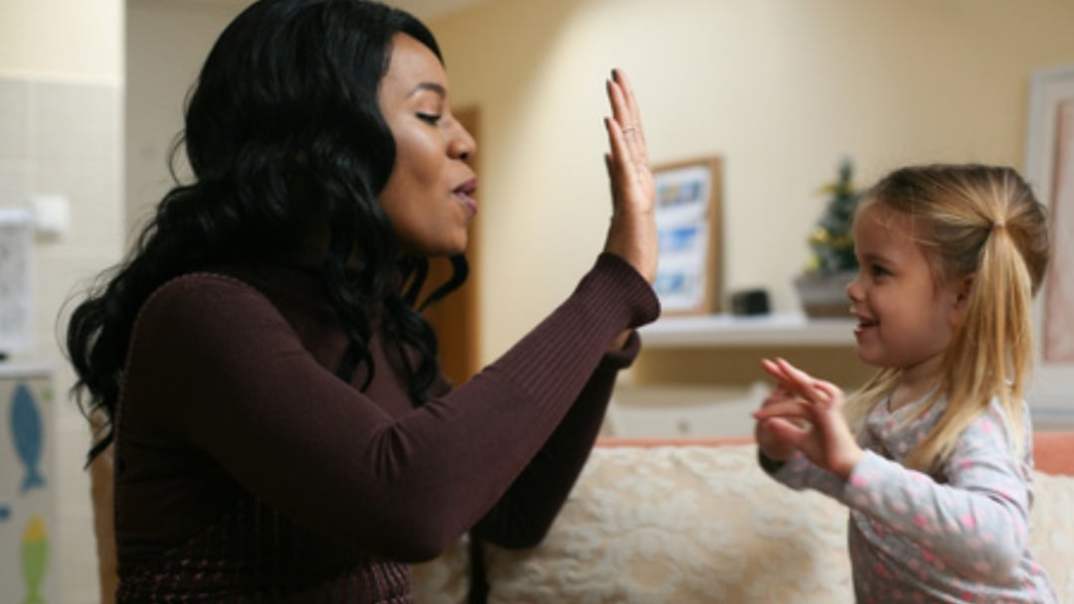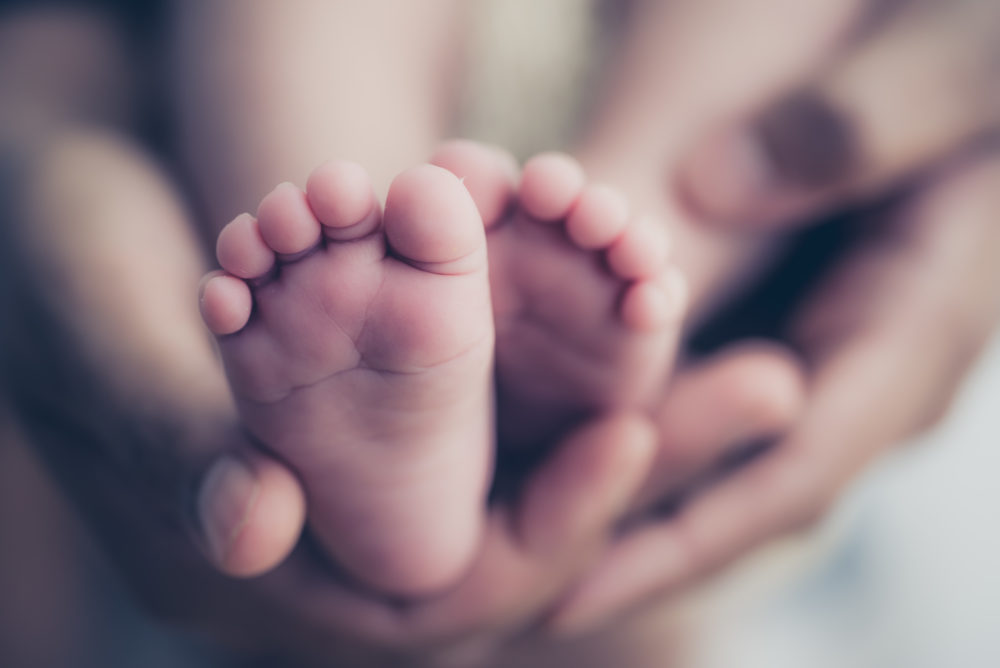Time’s Up: Child care providers are not America’s mammy
Opinion: We need to retire the expectation that child care workers should work without business support, for low wages, and in decrepit facilities.

Have you ever wondered why the child care system is so radically underfunded? Perhaps it has something to do with the intersection of race, gender, and patriarchy in America.
Enslaved African American women and girls were often forced into domestic and child care work in white American households. Affectionately known as “Mammy,” these women nursed, fed, nurtured, and cared for America’s children for free (and under duress). Slavery is over, but women continue to be a vital part of the economy, and we all agree that early learning is critical, so why is the child care system collapsing under the weight of the COVID-19 pandemic? Maybe it’s because structural racism has kept the public funding of childcare linked to the archetype of Mammy – skilled, submissive, obedient, and UNPAID women of color.
Child care is a fundamental need, but the women doing the caregiving are often invisible, living in low-income communities, and receiving low wages. Based on the most recent minority business ownership issue brief from the U.S. Small Business Administration, minority-owned businesses form a significant portion of the U.S. economy while minority entrepreneurship is on the rise.
RELATED: A warning ahead for Black workers despite overall drop in unemployment
Of the top ten industries based on the share of minority-own business, child daycare services rank third, with 60% of the industry made of up minority owned businesses, of which 85% are women. This reality means that the majority of childcare providers are women of color, and these women are needed to re-start the economy and allow employees to return to work as stay-at-home orders are lifted.

Fotolia
“Child care for All” is a great slogan and policy goal of guaranteeing affordable high-quality childcare, pre-K, and other early education programs for all children, and these programs should be available to parents regardless of their race, ethnicity, family income, educational attainment, and immigration status.
In order to get to the “for all” part of the policy goal, which is so essential for equitable access to opportunity in our communities, we need to retire the pernicious expectation that those doing the work of caring for children should do so without business support, for low wages, and in decrepit facilities. Without daycare, parents are not able to go to work, which makes programs critical for the financial well-being of families and has major implications for the larger economy, which is particularly true during the COVID-19 pandemic.
Throughout the pandemic, despite stay-at-home orders and social distancing rules, essential workers—grocery store employees, health care personnel, delivery providers, first responders, public servants, and others—have continued to go to work while everyone else, for the most part, has remained at home.
For those who are able to work from home, they are now taking on new tasks—24-hour childcare, home schooling, zoom meetings, and different routines. But as stay-at-home orders are lifted and businesses reopen, many workers will need reliable child care before they will be able to go back to work, and this will be especially true as schools remain closed and summer camps are cancelled. This raises an unanswered question: Who will take on the job of caring for children?
Before the pandemic, access to quality care was a major concern for parents, which is especially true for those with young children, but in the time of COVID-19, the issue of child care is even more pressing and is found at the intersection of race and class, which cannot be overstated. If women of color cannot show up to take care of workers’ kids, workers won’t be able to go to work.

Photo credit: Adobe Stock)
COVID-19 has made the structural and financial cracks of the child care industry more evident, and many child care service providers will not be able to remain open because owners are unable to access financial support to address increased safety regulations, lower enrollments, and fixed costs. Child care professionals continue to be paid low wages, owners operate on razor thin margins, states fail to make the financial investment in workforce development, and elected officials fail to pass legislation mandating market rate wages.
RELATED: Medical workers claim police officers are targeting them
To re-open the economy, women of color who own child care centers need access to small business loans, grants, and other supports to keep their businesses afloat. Pre-COVID grants and new funding streams for child care providers are stratified based on variables that contribute to increased disparities. This should not be surprising to anyone who studies policies through a racial lens; they know that the systems were designed by and created for white people with resources.
The ability to open up the economy in the midst of COVID-19 requires child care providers to be open and ready to care for children. Child care providers are the backbone of the economy, but “Mammy” needs to be available to care for children for the whole economy to recover.
Keesha M. Middlemass, Ph.D. is an associate professor in the Department of Political Science at Howard University. She is also the author of Convicted & Condemned: The Politics and Policies of Prisoner Reentry.
https://open.spotify.com/episode/71nhtCniY10lItS1qwhmlt
